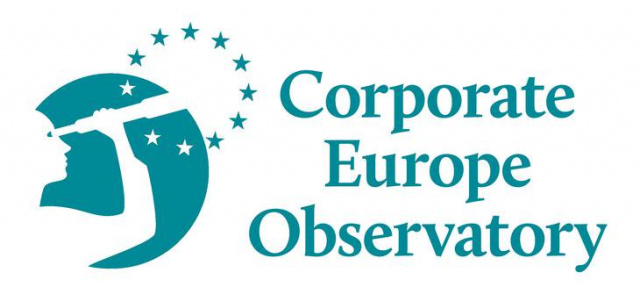A patent covering 80 plant species
 The company Kleinwanzlebener Saatzucht (KWS), together with the University of Zuerich, claims around 80 plant species resistant to the fungal disease northern corn leaf blight (WO2019038339, EP3447135) that occurs, e.g. in maize.
The company Kleinwanzlebener Saatzucht (KWS), together with the University of Zuerich, claims around 80 plant species resistant to the fungal disease northern corn leaf blight (WO2019038339, EP3447135) that occurs, e.g. in maize.
What does the company claim to have ‘invented’? KWS exposed plants from several sources to the fungal disease. The plants which showed resistance were analysed in more detail, and the relevant DNA sequences related to the biology of the cell membrane and its response to the disease were identified.
Random mutagenesis was subsequently carried out using well-known procedures (applying chemicals to pollen), and plants inheriting the desired DNA sequence were identified.
Furthermore, the patent is not restricted to random mutagenesis but extended to every conceivable method that might be used, including new methods of genetic engineering.
Equally, patent claim 13 encompasses “preferably a stable introduction mediated by conventional plant breeding, or a stable introduction by means of molecular biology, comprising genome editing, or a combination thereof.” (claim 13).
Based on this concept, the company claims not only the application of the method, but also all the resulting plants and offspring thereof from around 80 plant species. Species such as barley, sorghum, corn, rice, beets, rape, eucalyptus and onions are listed.
Claim 9 includes
“Hordeum vulgare, Hordeum bulbusom, Sorghum bicolor, Saccharum officinarium, Zea spp., including Zea mays, Setaria italica, Oryza minuta, Oryza saliva, Oryza australiensis, Oryza alta, Triticum aestivum, Triticum durum, Secale cereale, Triticale, Malus domestica, Brachypodium distachyon, Hordeum marinum, Aegilops tauschii, Daucus glochidiatus, Beta spp., including Beta vulgaris, Daucus pusillus, Daucus muricatus, Daucus carota, Eucalyptus grandis, Nicotiana sylvestris, Nicotiana tomentosiformis, Nicotiana tabacum, Nicotiana benthamiana, Solanum lycopersicum, Solanum tuberosum, Coffea canephora, Vitis vinifera, Erythrante guttata, Genlisea aurea, Cucumis sativus, Marus notabilis, Arabidopsis arenosa, Arabidopsis lyrata, Arabidopsis thaliana, Crucihimalaya himalaica, Crucihimalaya wallichii, Cardamine nexuosa, Lepidium virginicum, Capsella bursa pastoris, Olmarabidopsis pumila, Arabis hirsute, Brassica napus, Brassica oleracea, Brassica rapa, Raphanus sativus, Brassica juncacea, Brassica nigra, Eruca vesicaria subsp. sativa, Citrus sinensis, Jatropha curcas, Populus trichocarpa, Medicago truncatula, Cicer yamashitae, Cicer bijugum, Cicer arietinum, Cicer reticulatum, Cicer judaicum, Cajanus cajanifolius, Cajanus scarabaeoides, Phaseolus vulgaris, Glycine max, Gossypium sp., Astragalus sinicus, Lotus japonicas, Torenia fournieri, Allium cepa, Allium fistulosum, Allium sativum, Helianthus annuus, Helianthus tuberosus and Allium tuberosum (…)."
This example shows how the company has used a ‘technical topping’ to hide the fact that there is no proper invention. In reality, they used standard conventional breeding methods, such as exposure to plant diseases, followed by further crossing and selection. KWS claims an extremely broad range of plants as its invention, wholly based on a known method.
This example illustrates the systematic way in which the company exploited the legal loopholes in the 2017 Administrative Council decision, which left random mutations open to patentability as inventions. Moreover, the Administrative Council cleared the way for claims which systematically blur the fundamental differences between conventional breeding and genetic engineering.
Despite KWS being concerned that patents in conventional breeding might trigger problems for plant breeding innovation (see here), the above patent application still tries to exploit the the legal loopholes in the 2017 Administrative Council decision, which left random mutations open to patentability as inventions. By doing so, the company is blurring the fundamental differences between conventional breeding and genetic engineering.
(Text extract from our report 2020)













